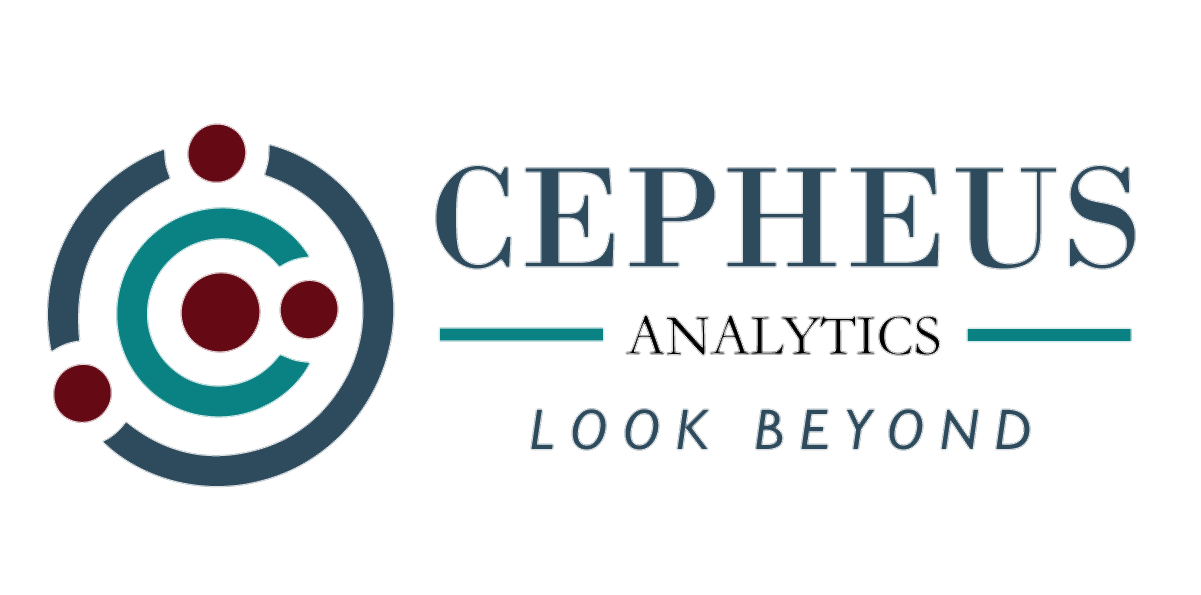
Are there too many intermediaries around ?
Have you ever wondered what is common amongst- All you can eat buffet, Life Insurance and Payday Loans?
Picture this:
The owner of the All you can eat Buffet will always have a positive Marginal Cost but it is zero (notwithstanding the implied cost of overeating and concomitants) for the customer as he has already paid. Hence only the really hungry will go to eat as they have information advantage and they want to beat the system.
Similarly you are likely to buy insurance when you need it, which in turn creates a pool of insureds who are more likely to claim. This drives the insurance premium for everyone, hence low risk premia buyer is priced out and this continues ad infinitum.
And for a Lender huge upfront origination costs result in charging higher interest rates to those who accept, which attracts the buyer likely to default and which in turn increases the cost of credit further by crowding out credit worthy borrowers who are more likely to pay.
All three scenarios are different version of the problem of Adverse selection.
What is Adverse Selection?
Information asymmetry between buyers and sellers apriori which results in good buyers being crowded out and only the bad ones remaining. This further deteriorates the assumption on which sellers set their price to begin with.
In non-technical terms: The whole bears the cost of a few.
The problem of adverse selection has always been there and is one of the factors creating Underwriting Cycles and Credit Cycles.
Historically this problem with Adverse selection was mitigated largely by risk remaining with the underwriter of the risk. So over time a restaurant would learn and price itself such that it will recover its costs; Insurance providers would consider historical underwriting performance and tailor the insurance premium accordingly. Lenders would not have to pay huge origination costs and would know entire borrower history to make an informed credit decision.
In traditional lending this is addressed by several ways.
- Lending against some form of security
- Increasing haircut on the LTV and increasing the cost of default disproportionately.
- Loss of default risk is borne by the Principal as decision making stays with him
Current Scenario:
Before we understand how this information asymmetry can be addressed by the lenders today, we need to understand another problem which goes in parallel called: The Principal-Agent problem.
With the advent of Search engines and other aggregators who get paid to send leads to the lenders, the problem of adverse selection has been given a multiplier effect. The lender is paying for the leads without any conversion and must recover the costs from those that convert. Currently with ultra-low interest rates and the hunt for yield which has resulted in Private Equity venturing into Private Credit, the problem of adverse selection and Principal Agent is magnified manifold.
Let’s take an example of a Lender who has been in the industry for many decades and knows his market and borrowers very well. This reduces the problem of adverse selection but limits the possibility of growth as its time consuming to know the customer. Now this decades old business is acquired by a new PE house who has raised billions of dollars in dry powder from fiduciary agents of capital i.e. Pension funds, Insurance firms. The first thing the PE house will do is to grow aggressively by getting more online channels onboard and advertising massively to increase the loan book. This is the beginning of the problem of adverse selection. The mission statement has now changed from Risk vs return to that of just short-term returns. The aim of the business previously was to earn a sustained Return on Capital for the stakeholders. Now with the new owners the mandate is to deploy the current fund and then sell the existing loan book to the follow on fund .The portfolio manager also looks to move to a bigger and better paid job at another competitive firm in a few years’ time. This is the Principal agent problem. Who really is the principal? Is it the original business owner or the Private Equity or the Insurance company or the ultimate retail investor who has his savings stashed in low yielding bank deposits or his low return yielding pension fund?
From a business model which has limited agents in the transaction i.e.
Limited agents with decision making with the principal:
Customer borrows from the Lender who has substantial equity in the loan book and customer has ownership of the security that he has pledged.
To the new model which is characterized by:
Many Agents with no decision making power with the principal:
Customer goes online and searches on google, which in turn directs him to an aggregator. He puts in his details and is given a suite of lenders which are presented to him according to the brokerage the lender has paid for the leads to the aggregator. The lender upon getting the customer goes to the private equity who in turn go to the bank to get cheap funding. This cheap funding is subsidized by the non-existent deposit rates and then Private Equity invests the margin which is taken from the Pension funds. Pension funds themselves are trustees of the capital provided by the policyholders and the pensioners. At no point in the chain the underwriter of the risk bears the first loss.
The lender is looking for credit worthy borrowers who will likely pay him more than his probability of default and allow him to make some excess spread to grow, distribute profits or reinvest in finding even better credit. The problem is how do we originate these loans. The current model is flooded by Intermediaries, aggregators and search engines who get paid to bring “leads” to these lenders. Search Engines are paid only to bring the leads. They have no idea of the underlying credit quality of these leads either by design or by ignorance. In some instances, lenders pay a fortune to get these leads, which negatively impacts their ability to charge a fair interest rates to those that eventually accept the terms. This further complicates the problem of Adverse selection.
What can be done?
Reward should be tied to risk for EVERYONE in the chain.
How aggregator business models can change:
- By tying commissions to realized defaults.
What can borrowers do:
- The fallacy of choice is very real so to avoid being stereotyped be very careful of where you share your data.
What can regulators do:
- Individual data should not be freely available. All entities who use customer data should have to pay for that data and benefit should go directly to consumers not to aggregators holding that data. Data protections laws must evolve with the changing commercial realities.
What lenders can do:
- Use non-traditional sources of information to underwrite credit more effectively. This is where we think the area of growth lies. The availability of data analytics combined with heuristics and in-depth knowledge of creditors behaviour can help in devising filters to reduce the problem of Adverse Selection.
So, to answer the original question: There are indeed too many intermediaries in the chain; we need better allocation of risk/reward throughout the chain. Currently only aggregators and search engines make money in a lending business. Everyone else loses. The Principal is Google without bearing any risks of being a Principal.

